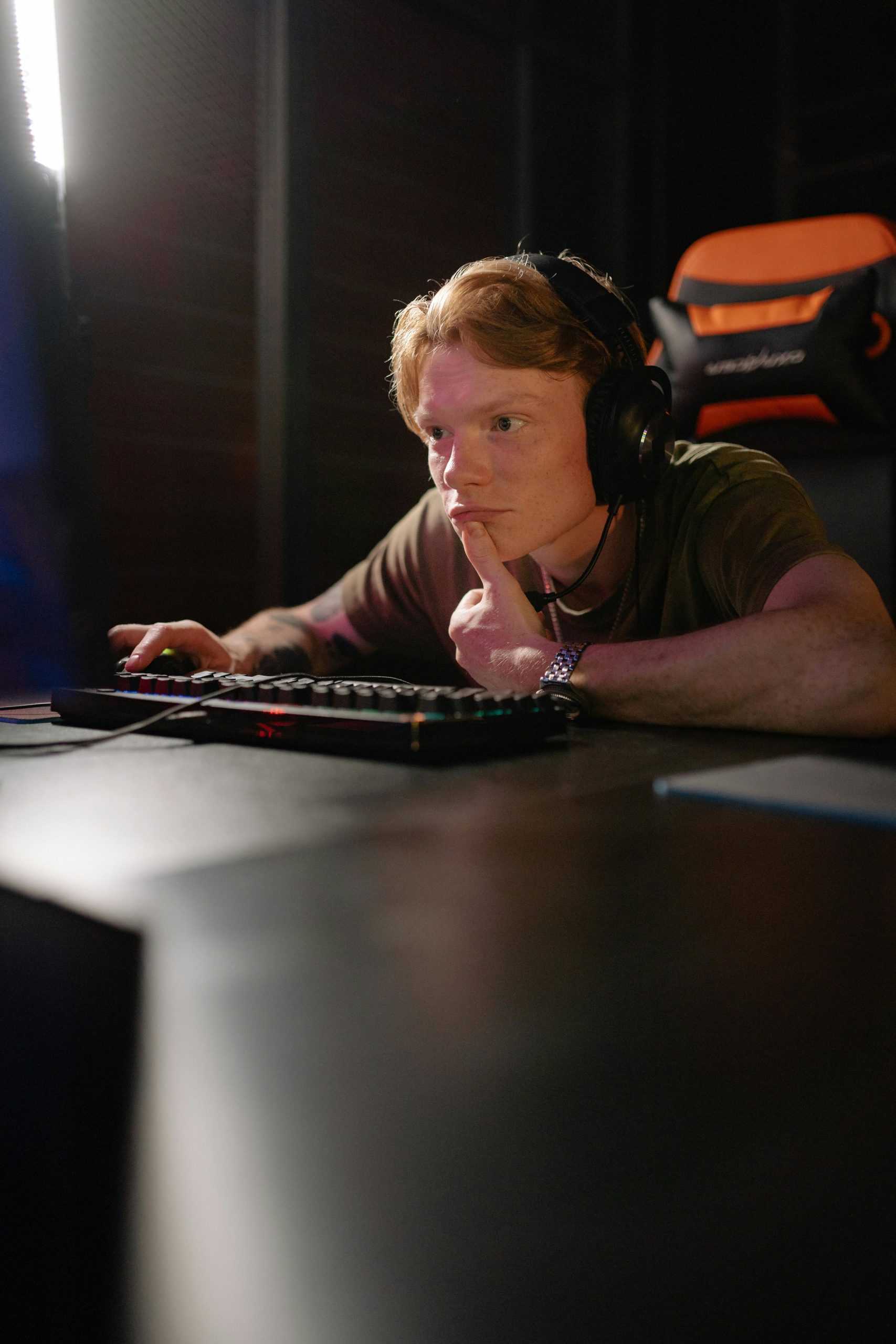Troubleshooting Sudden PC Shutdowns During Graphics-Intensive Gaming: A Guide for Gamers and PC Enthusiasts
Experiencing unexpected shutdowns and automatic restarts during high-performance gaming sessions can be frustrating and disruptive. If your PC crashes after approximately 30 minutes to an hour of playing demanding titles, it’s essential to diagnose the underlying cause accurately. Here, we explore common issues related to hardware, thermal management, and power supply that could lead to such behavior, drawing from a recent real-world example.
System Specifications Overview:
- Processor: Intel Core i7-12700K
- Graphics Card: NVIDIA RTX 3060 12GB
- Motherboard: Gigabyte B760
- Memory: 32GB RAM
- Power Supply Unit (PSU): EVGA SuperNOVA 750 GA (750W)
Scenario Summary:
The user reports intermittent shutdowns occurring roughly within the 30-minute to 1-hour window while engaging in graphically intensive games. Notably, the system was upgraded recently from a GTX 1660 to an RTX 3060. Temperatures for both CPU and GPU remain within acceptable ranges, with CPU temperatures around 70-75°C and GPU under 70°C. The user has also performed software cleanup, including reinstalling Windows and using Display Driver Uninstaller (DDU) to ensure clean graphics driver installations.
Potential Causes and Troubleshooting Steps:
-
Thermal Management
While the reported temperatures seem within safe operational limits, it’s still important to verify cooling efficiency. Ensure that all fans and heatsinks are functioning correctly and that airflow within the case is unobstructed. Overheating, even if not immediately apparent from temperature readings, can cause thermal shutdowns as a protective measure. -
Power Supply Adequacy
The EVGA SuperNOVA 750 GA is a reputable 750W unit, generally sufficient for an i7-12700K and RTX 3060 setup. However, issues like voltage stability or a failing PSU can lead to system resets under load. Consider testing with a known-good PSU or using a power supply tester to rule out power delivery issues. -
Graphics Card Health
As the system was recently upgraded, the new GPU could potentially be faulty or encountering driver conflicts. Performing stress tests or benchmark runs with software such as FurMark or Unigine Heaven can help determine if the GPU is stable under load. Additionally, monitor for graphical artifacts or driver crashes. -
Driver and Software Troubles
Share this content:



